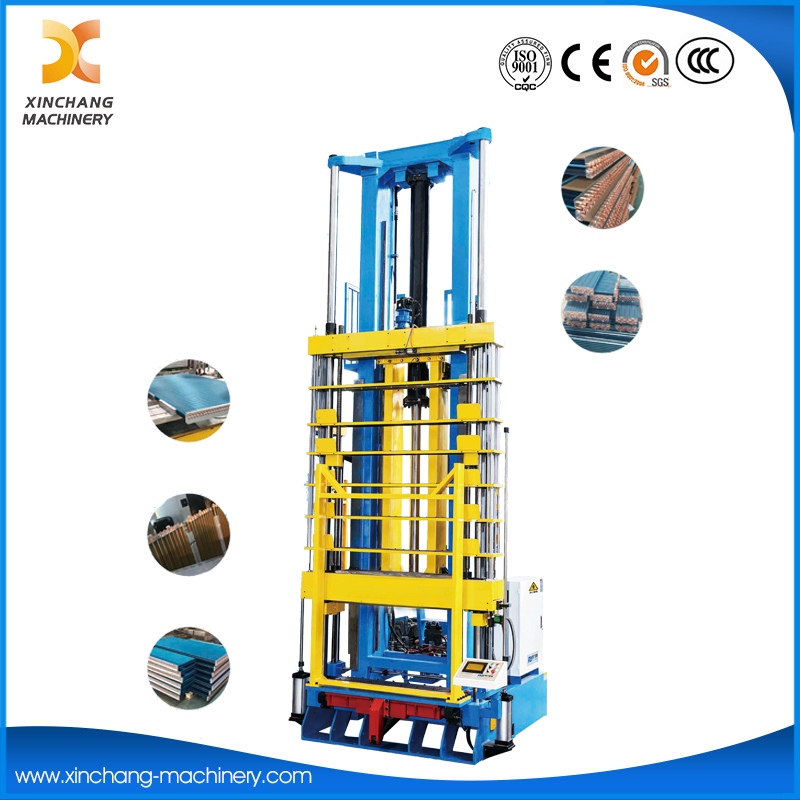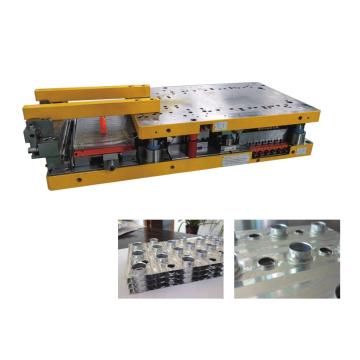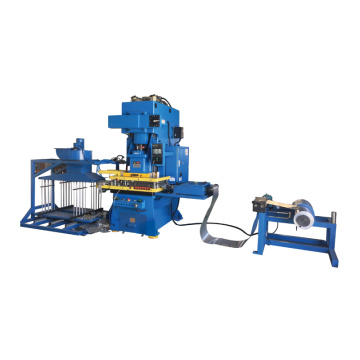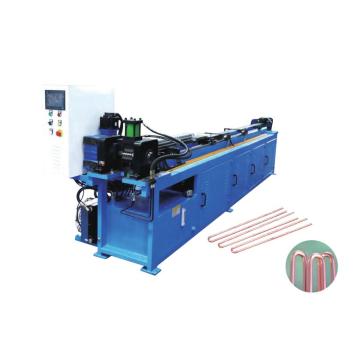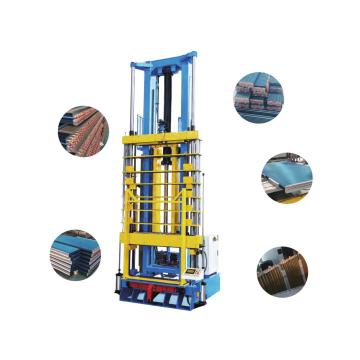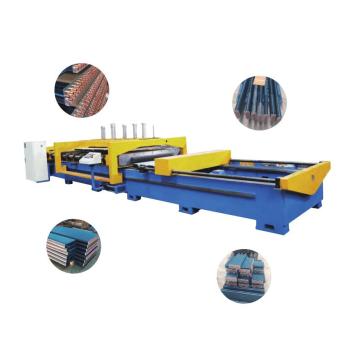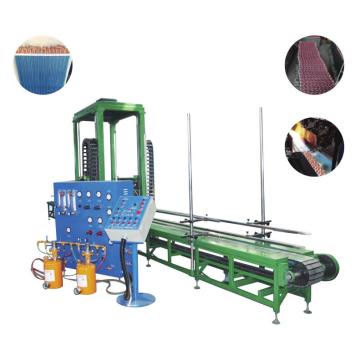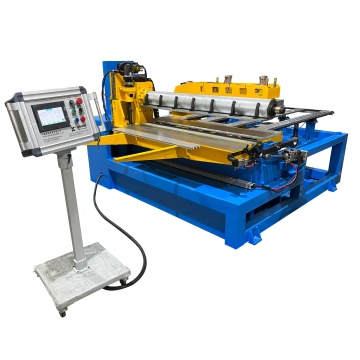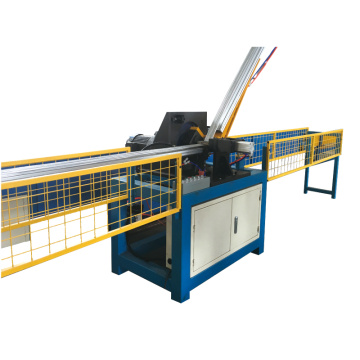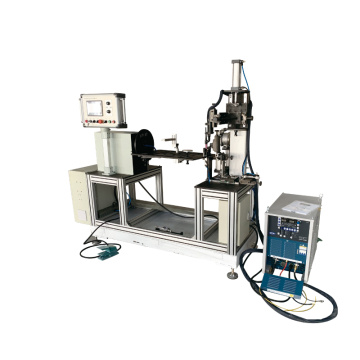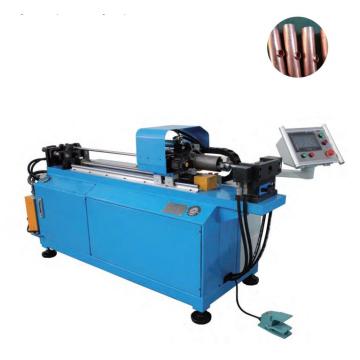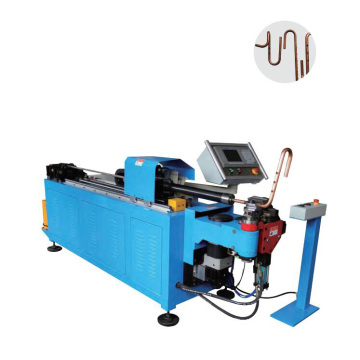
Equipment For Heat Exchanger
Fin Die
Fin Press
Fully Automatic Hairpin Bender
Semi-automatic Hairpin Bender
Vertical Expander
Horizontal Expander
Automatic Return Bender
Automatic Ring Inserting Machine
Automatic Welding Machine
Cleaning Machine For Return Bend
Coil Bender
Mobile Expander
Potable Expander
Equipment For Staggered Type Evaporator
Equipment For In-line Type Evaporator
Pipe Straightening & Cutting Machine
Automatic TIG Welder For Accumulators
3D Pipe Bending Machine
Automatic Copper Pipe Drawing Machine
Automatic Decoiling,bending And Pipe End Processing Integrated Machine
CNC Hole Punching And Flanging Machine
CNC Hole Punching And 3D Bending Machine
CNC Spinning Machine
Pipe End Processing Machine
Pipe Flaring Machine
Pipe Reducing Machine
Core Heat Transfer Components
Tubes (Shell-and-Tube Exchangers): Thin-walled metal tubes (often copper, stainless steel, or titanium) form the primary surface for heat transfer. Fluids flow inside tubes (tube side) and around them (shell side); designs like U-tubes or straight tubes suit different pressure/temperature needs.
Plates (Plate-and-Frame Exchangers): Corrugated metal plates (stainless steel, titanium) with gaskets create alternating channels for hot/cold fluids. Their large surface area and turbulent flow boost efficiency, ideal for low-to-medium pressure applications.
Fins: Extended surfaces (aluminum, copper) attached to tubes/plates enhance heat transfer by increasing surface area. Used in air-cooled exchangers (e.g., car radiators) where air (low heat capacity) is the heat sink.
Structural & Sealing Equipment
Shell & Tube Sheets: The shell (a cylindrical metal casing) encloses tubes; tube sheets (thick metal plates) secure tube ends, separating tube-side and shell-side fluids.
Gaskets & Seals: Elastic gaskets (EPDM, nitrile, PTFE) prevent cross-contamination in plate-and-frame or shell-and-tube exchangers. They resist high temperatures/chemicals to maintain system integrity.
Frames: Rigid metal frames (steel) hold plates in place in plate-and-frame exchangers, enabling easy disassembly for cleaning.
Auxiliary & Control Equipment
Pumps & Fans: Pumps circulate liquid fluids (e.g., water, oil) through the exchanger; fans drive air in air-cooled models, ensuring consistent fluid flow for steady heat transfer.
Temperature/Pressure Sensors: Thermocouples or RTDs monitor fluid temperatures, while pressure gauges detect blockages or leaks. These feed data to control systems for adjustments.
Valves: Control valves regulate fluid flow rates; check valves prevent backflow. Relief valves protect against overpressure, a critical safety feature for high-temperature processes.
Cleaning Tools: Brushes, high-pressure water jets, or chemical cleaning systems maintain component cleanliness—fouling (scale, debris buildup) reduces heat transfer efficiency over time.
Material Selection Criteria
Equipment materials depend on fluid properties (corrosiveness, viscosity), temperature, and pressure. For example, titanium resists seawater corrosion (used in marine exchangers), while carbon steel suits non-corrosive industrial fluids. Gasket materials are chosen for chemical compatibility (e.g., PTFE for acidic fluids).
Proper selection and maintenance of this equipment ensure heat exchangers operate efficiently, reliably, and safely, minimizing energy waste and extending service life across industries.
